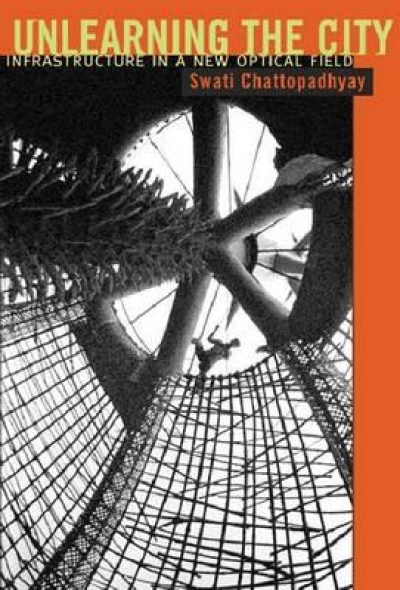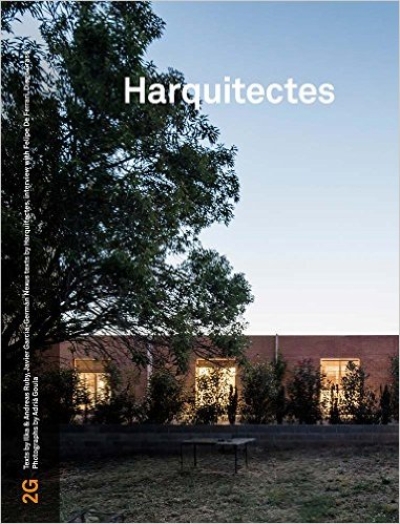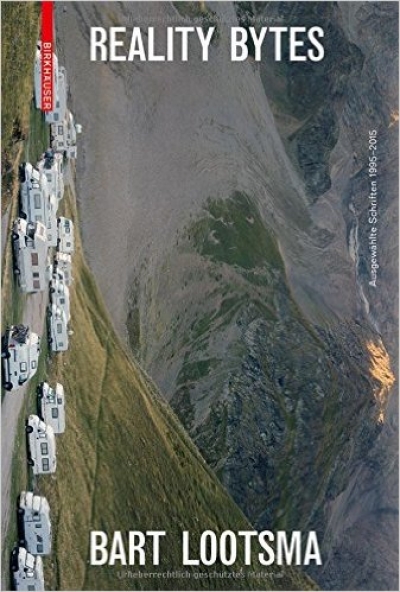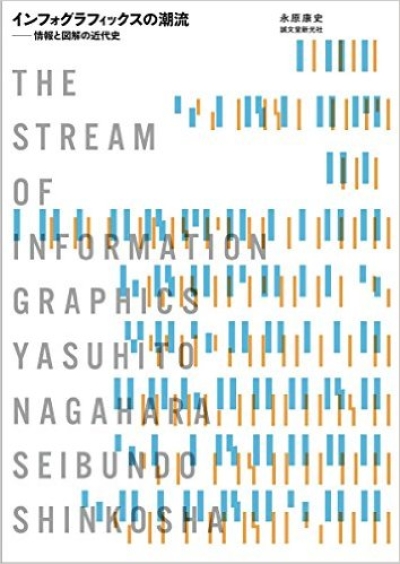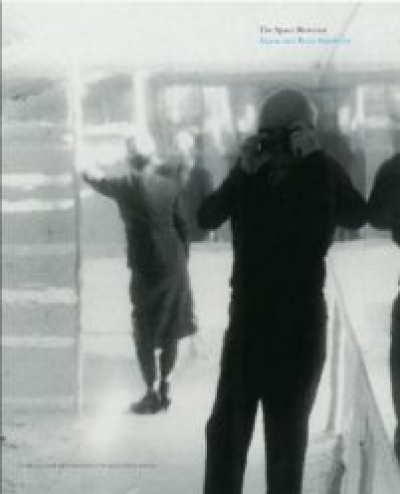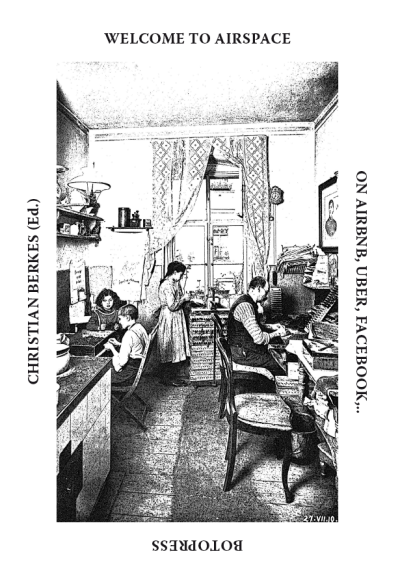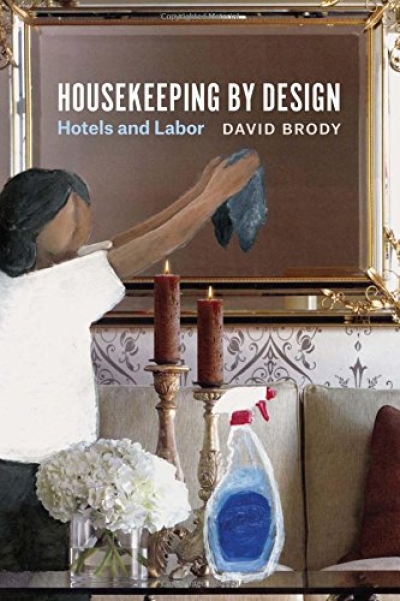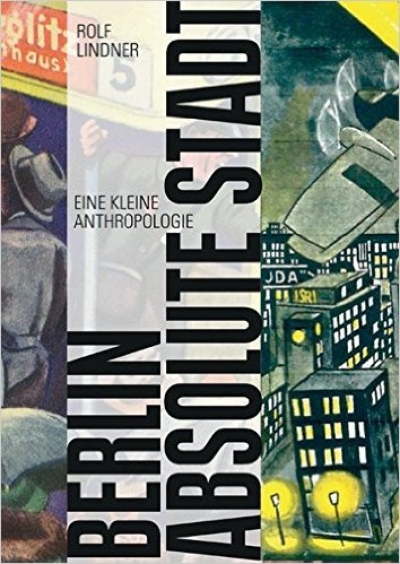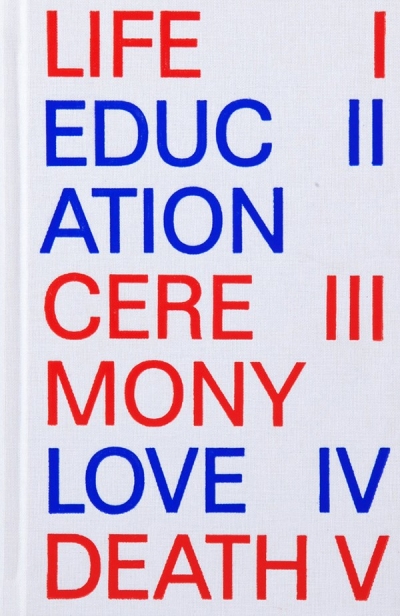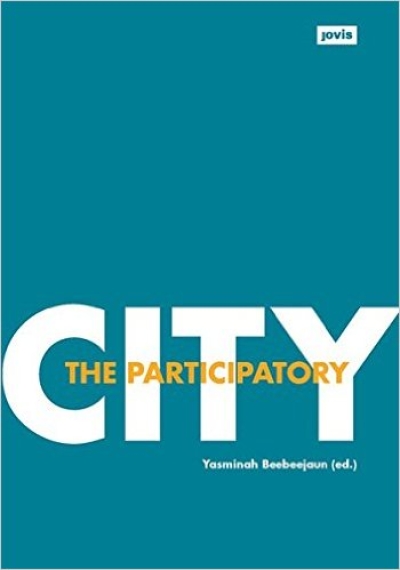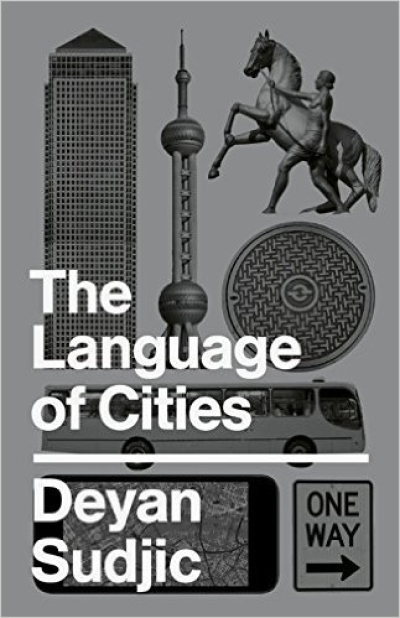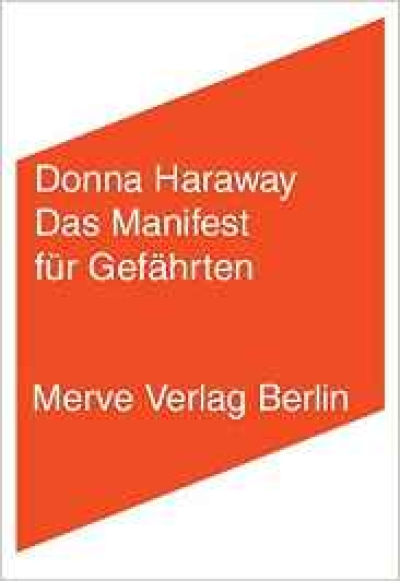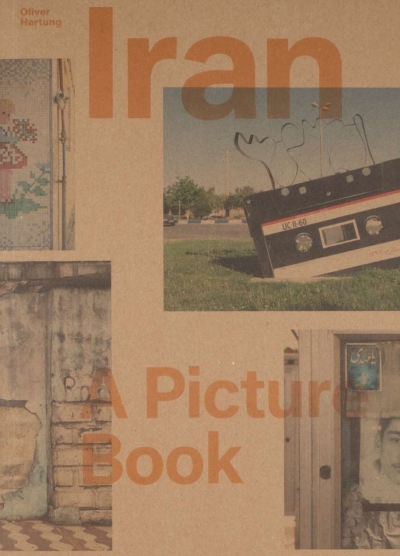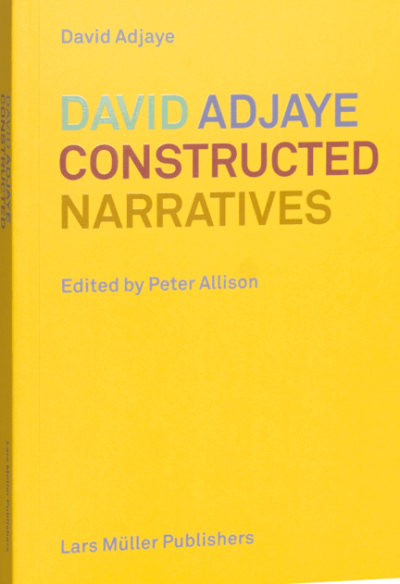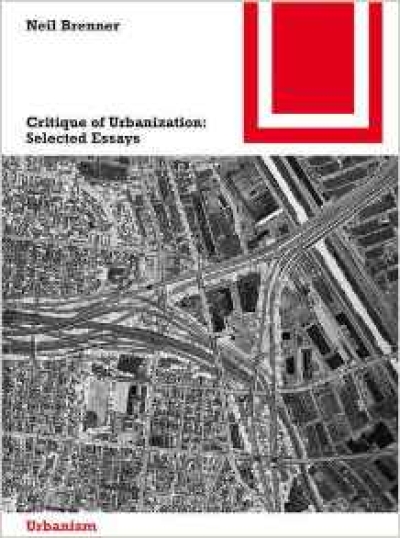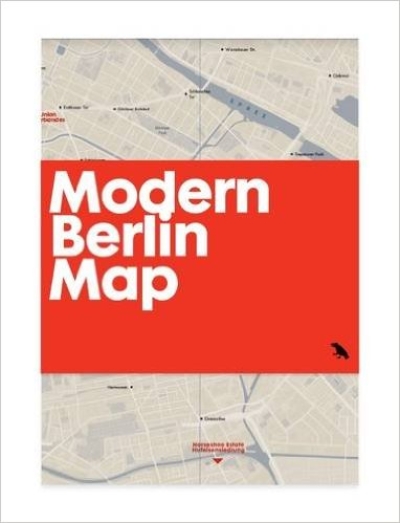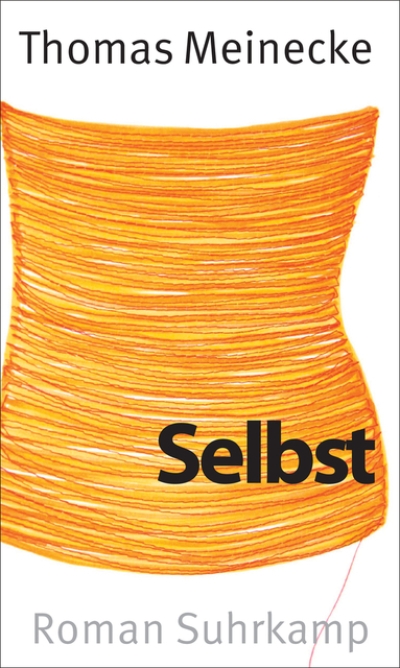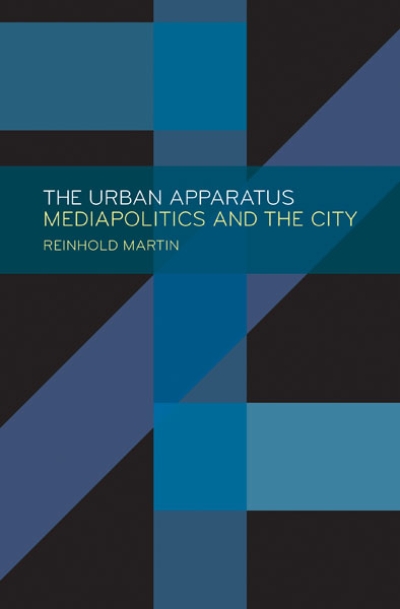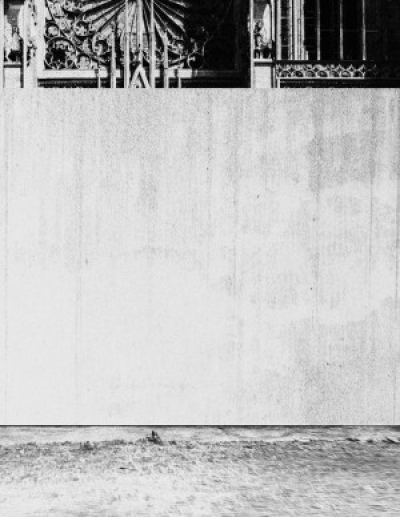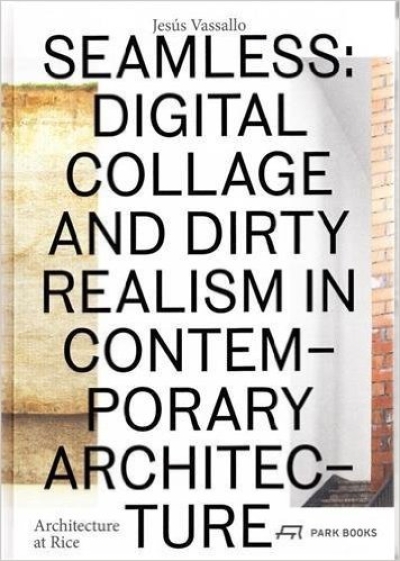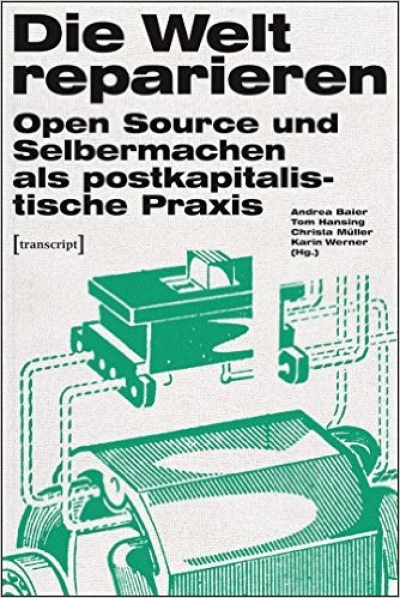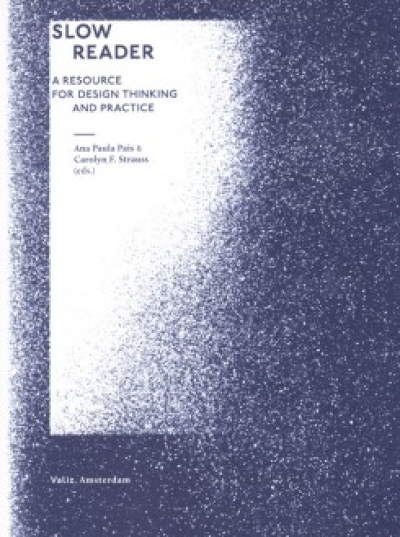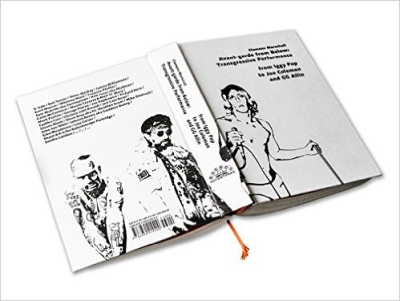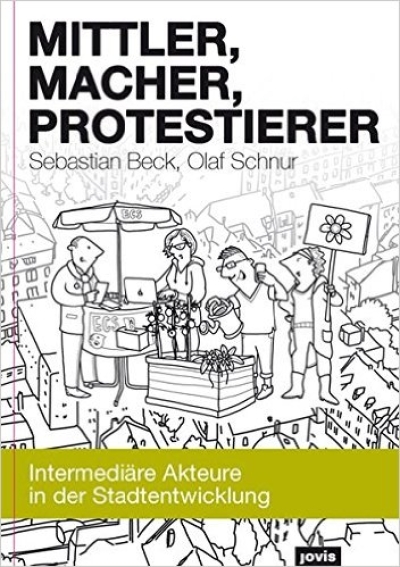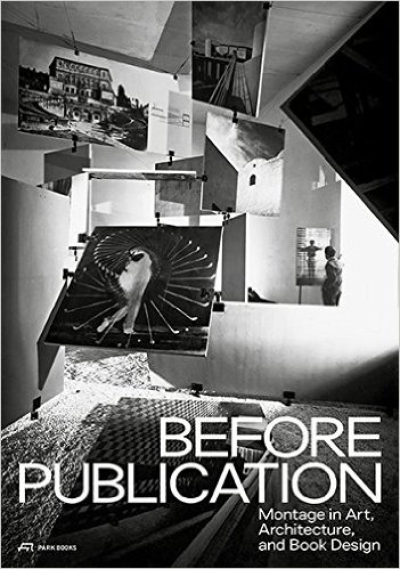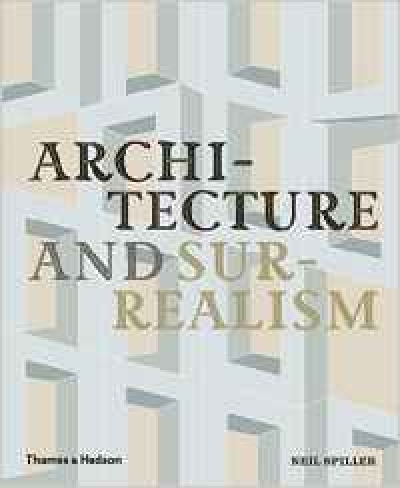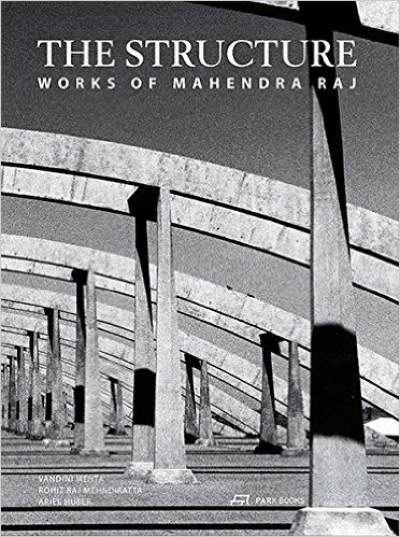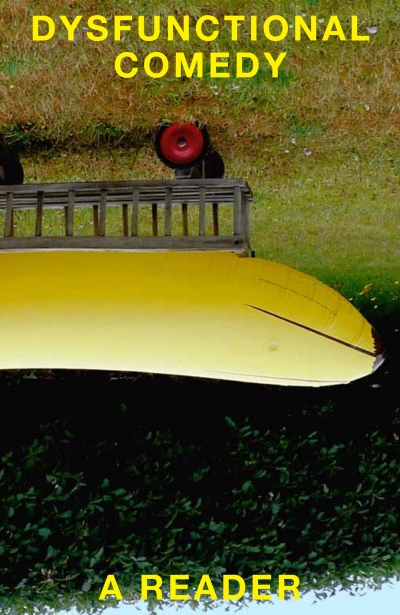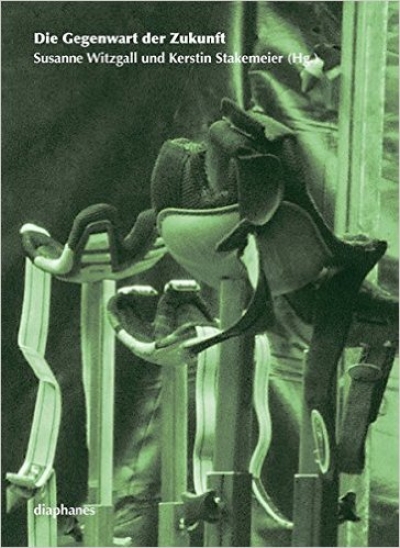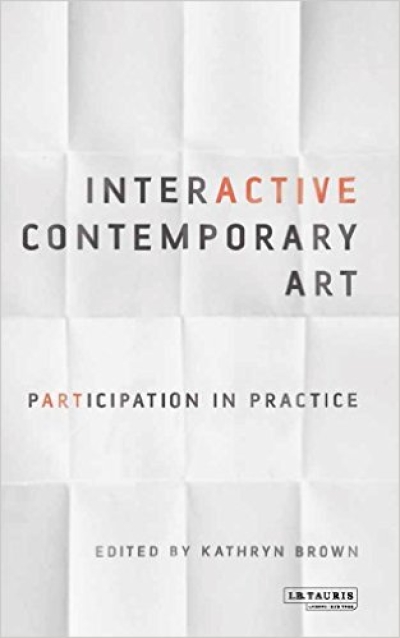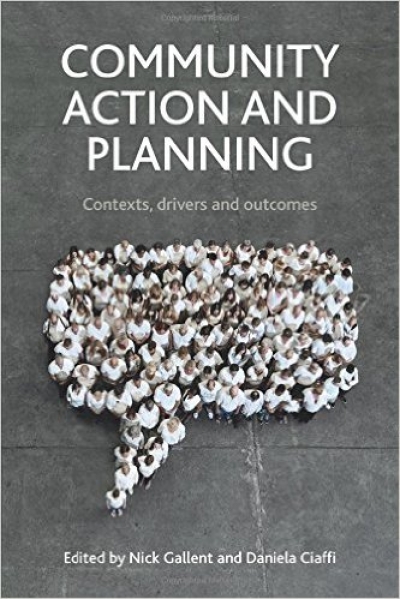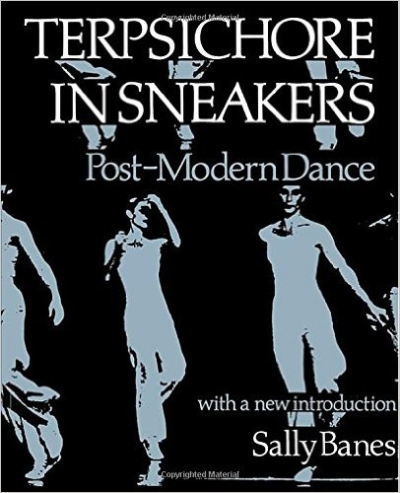Samuel Bianchini, Erik Verhagen (eds.)
Practicable. From Participation to Interaction in…
2G / #74
Harquitectes
Achim Valbracht (Hg.)
Das neue Grab
Bart Lootsma
Reality Bytes
Yasuhito Nagahara
The Stream of Information Graphics
Alison and Peter Smithson
The Space Between
Haubitz + Zoche
Hybrid Modernism. Movie Theatres in South India
Christian Berkes (Ed.)
Welcome to AirSpace. On Airbnb, Uber, Facebook,..
Nick Srnicek
Platform Capitalism
Catherine Ince, Lotte Johnson (Hg.)
Die Welt von Charles und Ray Eames
David Brody
Housekeeping by Design. Hotels and Labor
Rolf Lindner
Berlin, absolute Stadt. Eine kleine Anthropologie der…
Matteo Ghidoni
Fundamental Acts. Life, Education, Ceremony, Love, Death
Yasminah Beebeejaun
The Participatory City
Deyan Sudjic
The Language of Cities
Donna Haraway
Das Manifest für Gefährten: Wenn Spezies sich begegnen -…
Oliver Hartung
Iran. A Picture Book
Turit Fröbe
Die Inszenierung eines Mythos. Le Corbusier und die…
Peter Allison (Ed.)
David Adjaye. Constructed Narratives
Neil Brenner
Critique of Urbanization. Selected Essays
Francis Kéré
Radically Simple
Caroline Maniaque-Benton(Ed.)
Whole Earth Field Guide
Matthew Tempest, Simon Phipps, Derek…
Modern Berlin Map: Guide to 20th Century Architecture in…
Thomas Meinecke
Selbst
Reinhold Martin
The Urban Apparatus. Mediapolitics and the City
Pier Vittorio Aureli, Maria Sheherazade…
Rituals and Walls: The Architecture of Sacred Space
Olaf Bahner, Matthias Böttger (Hg.)
Neue Standards. Zehn Thesen zum Wohnen
Jesús Vassallo
Seamless: Digital Collage and Dirty Realism in Contemporary…
Baier, Hansing, Müller, Werner (Hg.)
Die Welt reparieren: Open Source und Selbermachen als…
A. P. Pais, C.F. Strauss (eds)
Slow Reader: A Resource for Design Thinking and Practice
Nina Paim
Taking a Line for a Walk: Assignments in design education
Helmut Draxler
Abdrift des Wollens. Eine Theorie der Vermittlung
Christian Schittich (Ed.)
Wohnkonzepte in Japan / Housing in Japan: Typologien für…
Clemens Marschall
Avant-Garde From Below: Transgressive Performance from Iggy…
Joost Grootens
Elemental Living. Contemporary Houses in Nature
Sebastian Beck, Olaf Schnur
Mittler, Macher, Protestierer: Intermediäre Akteure in der…
Nanni Baltzer, Martino Stierli (eds.)
Before Publication: Montage in Art, Architecture and Book…
Joerg Bader (Hg.)
Serge Fruehauf. Extra Normal
Contemporary City Institute ETH Studio…
Territory: On the Development of Landscape and City
Barbara Vinken
Die Blumen der Mode. Klassische und neue Texte zur…
Donna J. Haraway
Staying With the Trouble: Making Kin in the Chthulucene
Anna-Sophie Springer, Etienne Turpin (…
Fantasies of the Library
Neil Spiller
Architecture and Surrealism. A Blistering Romance
Henry Plummer
The Experience of Architecture
Aberrant Architecture
Wherever You Find People: The Radical Schools of Oscar…
Urs Peter Flückiger
Wie viel Haus? Thoreau, Le Corbusier und die Sustainable…
Caroline A. Jones, David Mather,…
Experience: Culture, Cognition, and the Common Sense
Friedrich von Borries
Weltentwerfen. Eine politische Designtheorie
Douglas Crimp
Before Pictures
Mehta, Mehndiratta, Huber (Hg.)
The Structure: Works of Mahendra Raj
Nina Rappaport
Vertical Urban Factory
Boris Groys
Particular Cases
Ana de Brea
Total Latin American Architecture. Libretto of Modern…
Jaleh Mansoor
Marshall Plan Modernism: Italian Postwar Abstraction and…
Mckenzie Wark
Molecular Red. Theory for the Anthropocene
Mark Nash (Ed.)
Red Africa. Affective Communities and the Cold War
Adolf Loos
Ornament und Verbrechen
Thilo Hilpert
Century of Modernity. Das Jahrhundert der Moderne.…
Stiftung Buchkunst (Hg.)
Die Schönsten deutschen Bücher 2016
M. Fineder, T. Geisler, S. Hackenschmidt
Nomadic Furniture 3.0: Neues befreites Wohnen? New…
Hannah Neate, Ruth Craggs
Modern Futures
Douglas Spencer
The Architecture of Neoliberalism: How Contemporary…
Freek Lomme (Ed.)
Can You Feel it? Effectuating Tactility and Print in the…
Guillaume Sibertin-Blanc
State and Politics: Deleuze and Guattari on Marx
Christoph Keller
Paranomia
Philipp Meuser
Seismic Modernism. Architecture and Housing in Soviet…
Lívia Páldi, Olav Westphalen (Ed.)
Dysfunctional Comedy. A Reader
Cartha
On Relations in Architecture
Kerstin Stakemeier, Susanne Witzgall
Die Gegenwart der Zukunft
Michaela Meise
Eshi Addis Ababa
Takahiro Kurashima
Poemotion 3
Han Byung-Chul
Die Austreibung des Anderen. Gesellschaft, Wahrnehmung und…
Cate St Hill
This is Temporary. How Transient Projects are Redefining…
Carlo Ratti, Matthew Claudel
The City of Tomorrow: Sensors, Networks, Hackers, and the…
Henri Lefebvre
Metaphilosophy
Eduard Helman
Rhetoric of Logos: A Primer for Visual Language
Marie Neurath, Robin Kinross
Die Transformierer. Entstehung und Prinzipien von Isotype
P. Lewis, M. Tsurumaki, D. J. Lewis
Manual of Section
W. Nägeli, N. Kirn Tajeri (Hg.)
Kleine Eingriffe: Neues Wohnen im Bestand der…
Kathryn Brown (Ed.)
Interactive Contemporary Art: Participation in Practice
Peter Granser
El Alto. Freddy Mamani Silvestre
Omar Kholeif (Ed.)
Electronic Superhighway. From Experiments in Art and…
Bill Caplan
Buildings are for People. Human Ecological Design
Hannah Black
Dark Pool Party
R. Pasel, A. Hagner, H. Drexler, R. Boch
Home not Shelter! Gemeinsam leben statt getrennt wohnen
Alessandro Biamonti
Archiflop. A guide to the most spectacular failures in the…
Isabell Lorey, Gundula Ludwig, Ruth…
Foucaults Gegenwart. Sexualität - Sorge - Revolution
Brigitta Kuster
Choix d'un passé. Transnationale Vergegenwärtigungen…
Simon Roloff
Der Stellenlose: Robert Walsers Poetik des Sozialstaats
Jace Clayton (aka DJ Rupture)
Uproot. Travels in 21st-Century Music and Digital Culture
Nicolas Bourriaud
The Exform
Nick Gallent, Daniela Ciaffi (Eds.)
Community Action and Planning: Contexts, Drivers and…
Blanco, Galan, Carrasco, Llopis, Vezier…
After Belonging: Objects, Spaces, and Territories of the…
Sally Banes
Terpsichore in Sneakers. Postmodern Dance
Sven Quadflieg, Gregor Theune (Eds.)
Nadogradnje. Urban Self-Regulation in Post-Yugoslav Cities
Regina Bittner, Elke Krasny (Hg)
Auf Reserve: Haushalten! Historische Modelle und aktuelle…
Karin Harrasser
Prothesen. Figuren einer lädierten Moderne
Frieze Magazine
frieze A to Z of Contemporary Art
